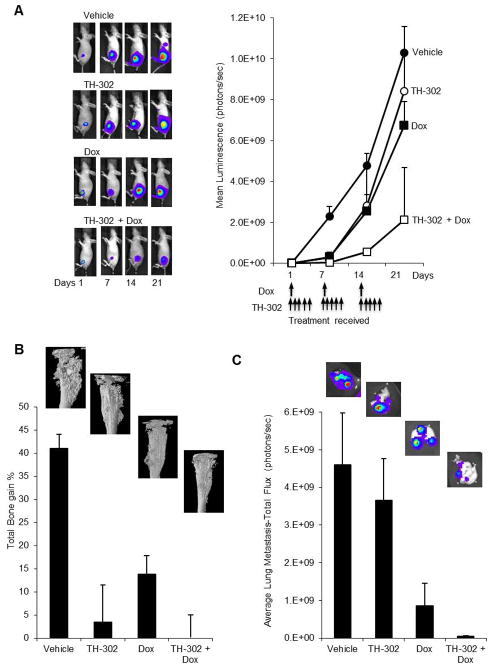Figure 4. TH-302 co-operates with Dox for increased anticancer efficacy against the mixed osteolytic/osteosclerotic K-HOS tumours.
A. Tibial tumours were allowed to establish for 7 days and mice were randomized into 4 groups, which received PBS (vehicle), TH-302, Dox or the combination of both TH-302 and Dox as described in the methods. Shown are representative whole body bioluminescent images, with the graph representing the average tumour signal over time, measured as mean photon counts per second. B. Representative CT images of the tumor affected left tibia showing the osteosclerotic bone remodeling caused by K-HOS-TGL and the protection of the tibia with TH-302 and Dox as single agents and in combination. In addition, quantitative assessment of Total bone volume (%) comparing the left untreated tibia to the cancer affected right tibia, exhibited a reduction in osteosclerotic bone destruction in the TH-302, Dox and combination groups. C. The intensity of the lung metastases were quantified by BLI after lungs were removed. TH-302 had no significant effect on tumour burden when compared to the vehicle group. However Dox and the combination of both TH-302 and Dox significantly reduced metastatic lung tumour burden Data shown in each case are the average BLI from all animals in that group: points are means ±SEM.

